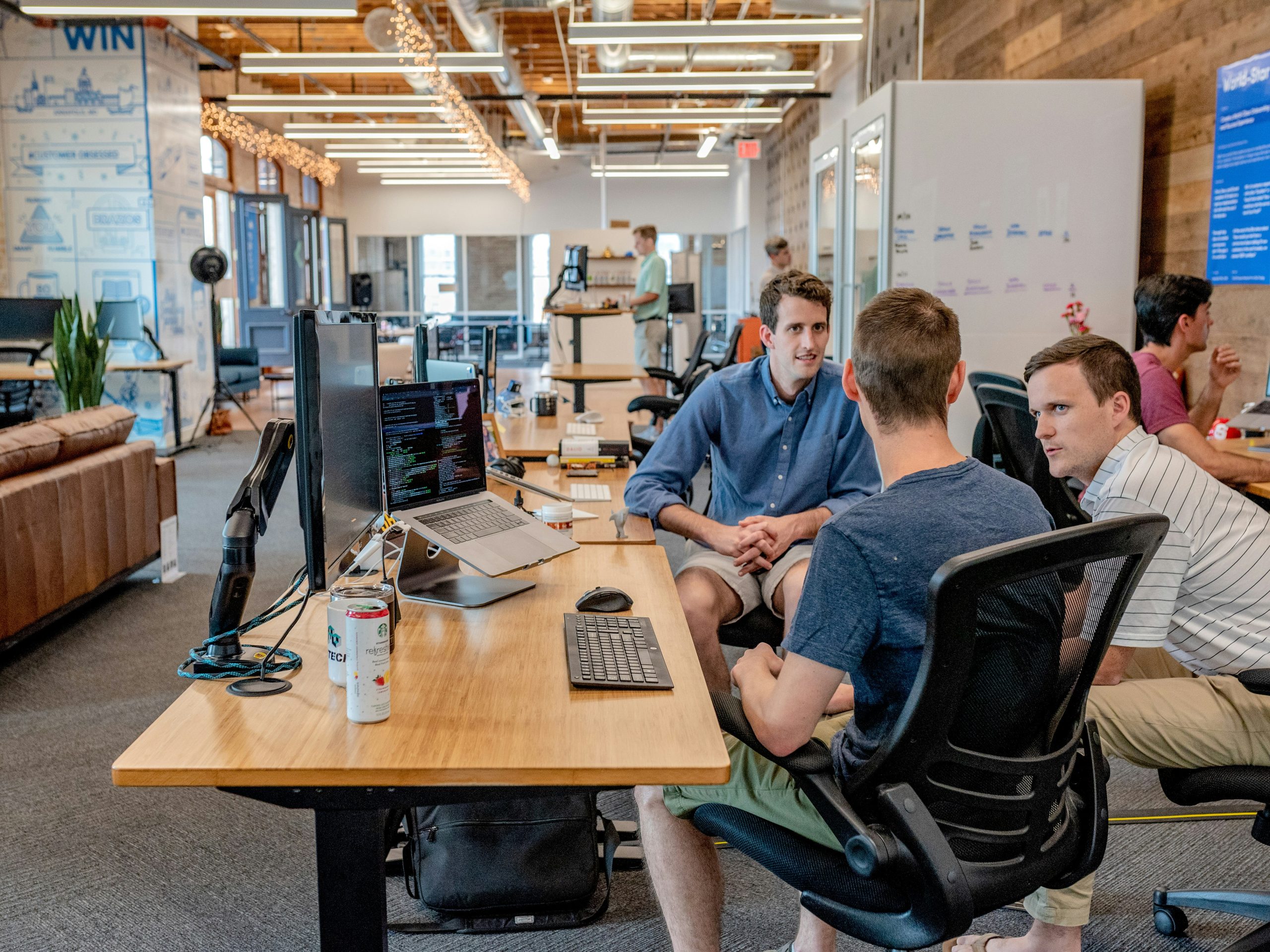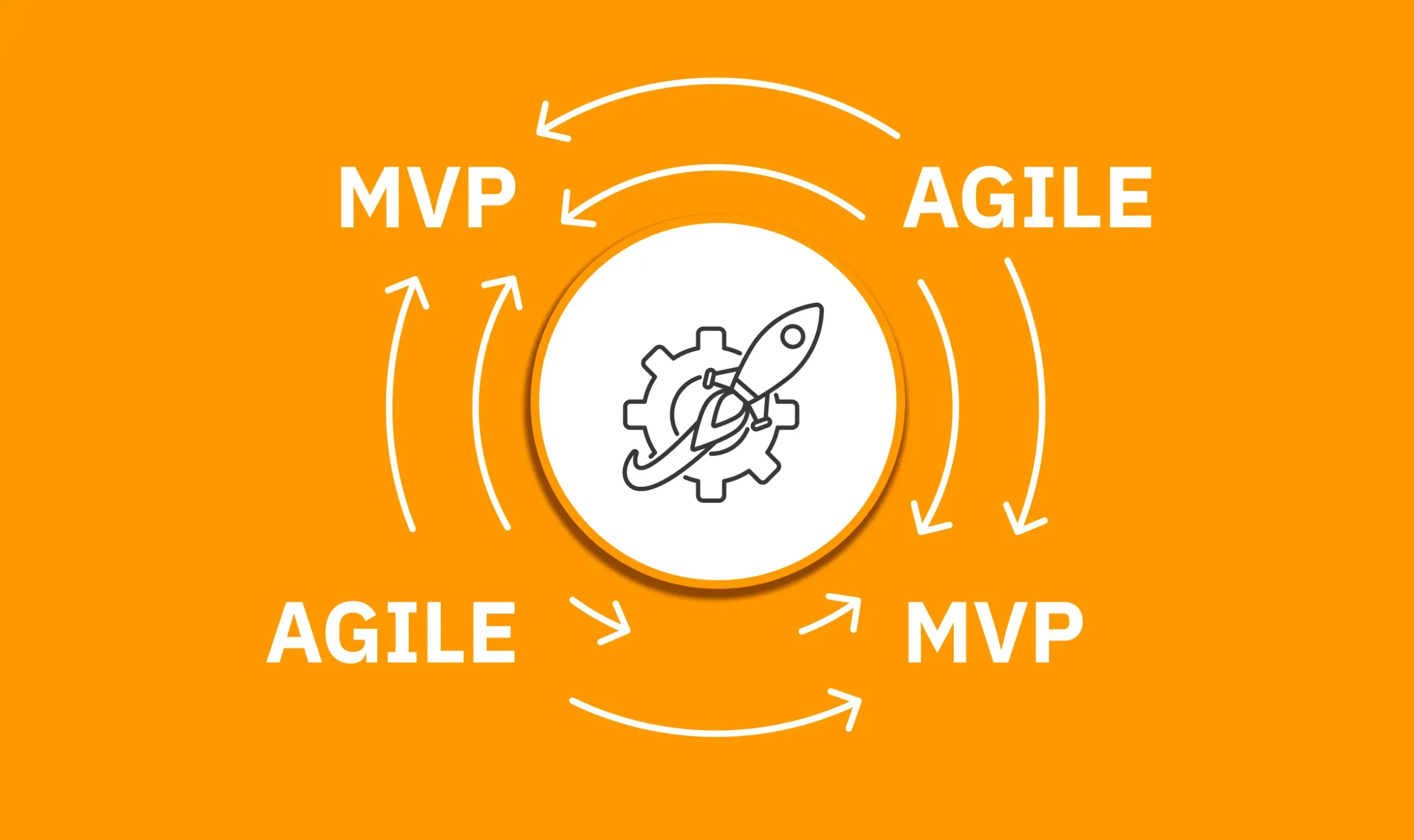Ruby on Rails was crafted to expedite the application development process by swiftly generating visually appealing and fully functional Minimum Viable Products (MVPs) through rapid prototyping and cost-effective development.
When you’re building the initial versions of your application, you’ll face challenges like changing environments, time constraints, and a shortage of exceptional talent.
To make it work within the limits of time and resources, flawless execution of your plan is a must. Incorporating Ruby on Rails development services can greatly contribute to this success. The RoR technology speeds up the project development process, bringing real business value to your target audience. In this article we explore the advantages of choosing Ruby on Rails when building your MVP, highlighting why it is a wise decision.
What is a Tech Stack for MVP?
A tech stack is a list of desired programs and frameworks you will use during your MVP’s development phase. To decide on a list, you must determine which is best for building your product. The Tech stack for MVP is designed based on how convenient and efficient it is to develop the app with the stack.
Factors to Consider When Choosing the Technology
- Talent Availability & Community Support
- Maintenance and Scalability
- Time and Cost of Development
- Size and Complexity of the App
- Rich Ecosystem
- Security
Though an MVP is a minimal version of a product, you should always focus on the future scalability of the app, which factors into selecting your tech stack. It would help if you always chose a tech stack that allows future development and improvement of the app you’re working on. You can determine a long-term plan when you have a viable product roadmap before the development begins. You might also have long-term plans to add more features after you launch your MVP. With the right tech stack, you can leave room for future features you can build and add to appeal more to the target audience.
Why Choose Ruby on Rails for your MVP?
Why does Rails continue to be a popular choice among startups? Because it enables small teams to build powerful web applications in very little time. Here are some of the features that make that possible:
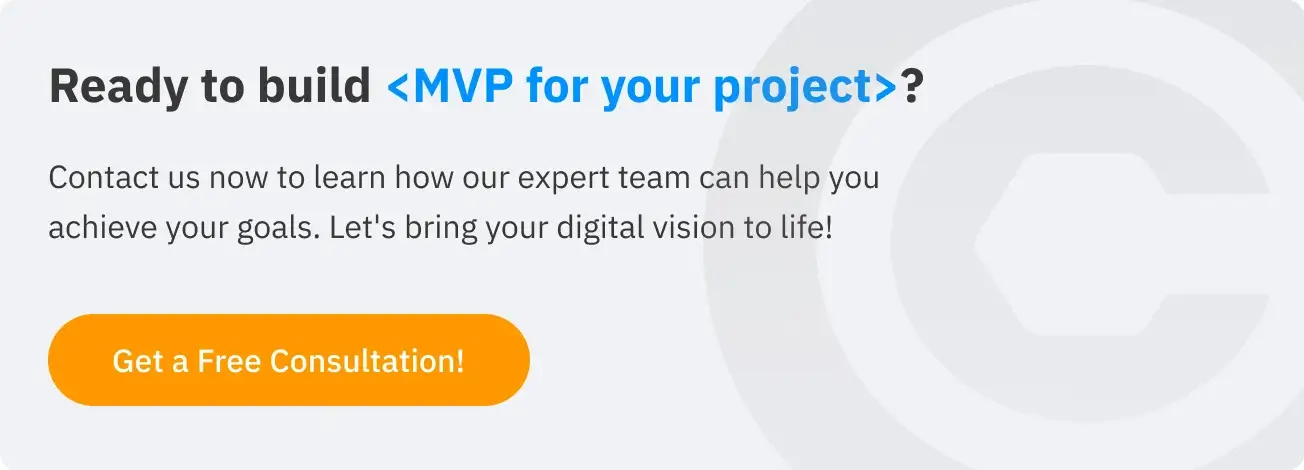
Other Popular Backend Frameworks for Startup
Ruby on Rails may be considered less dominant as it was before, where other backend frameworks such as Express.js, Spring, and Django have started to emerge within the past decade, overtaking RoR in terms of popularity.
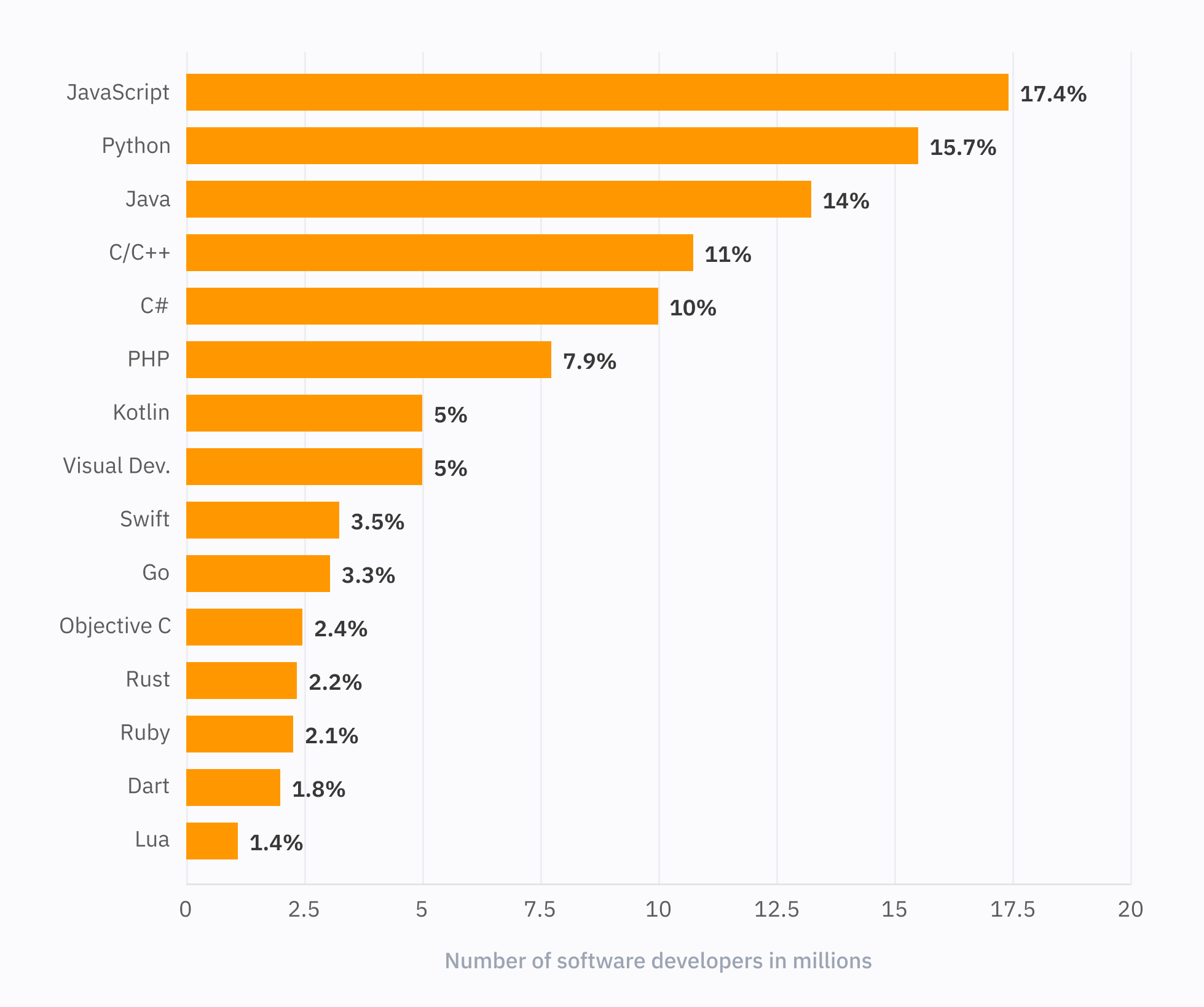
Detractors often point out RoR’s purported slowness, yet the actual performance gap with its competitors is small, except where substantial in-memory processing is required. Express.js and Django are good choices for these memory-heavy applications, including multiplayer gaming platforms, social media sites, and AI-driven tools.
The fact that Express.js finds its roots in JavaScript makes it naturally gelling with other popular frontend frameworks like React or Next, hence better integrations and team works. Still, easy readings and broad community support of Ruby on Rails are something of praise, but the same really cannot be said for the difficult learning curve that’s presented by Laravel.
Despite the fact that other frameworks get traction, Ruby on Rails is still a flexible tool capable to underpin a great number of applications – starting from fintech solutions or SaaS platforms and ending with video streaming services. Ruby on Rails still continues to be the dominant staple for e-commerce projects, especially in the light of the Shopify success story. Startups can still count on Ruby on Rails to develop efficient, scalable, and investor-attractive minimum viable products (MVPs).
Successful Startups built with Ruby on Rails
Here are a few other examples of B2B SaaS applications that had Ruby on Rails under the hood at the MVP stage.
Fiverr
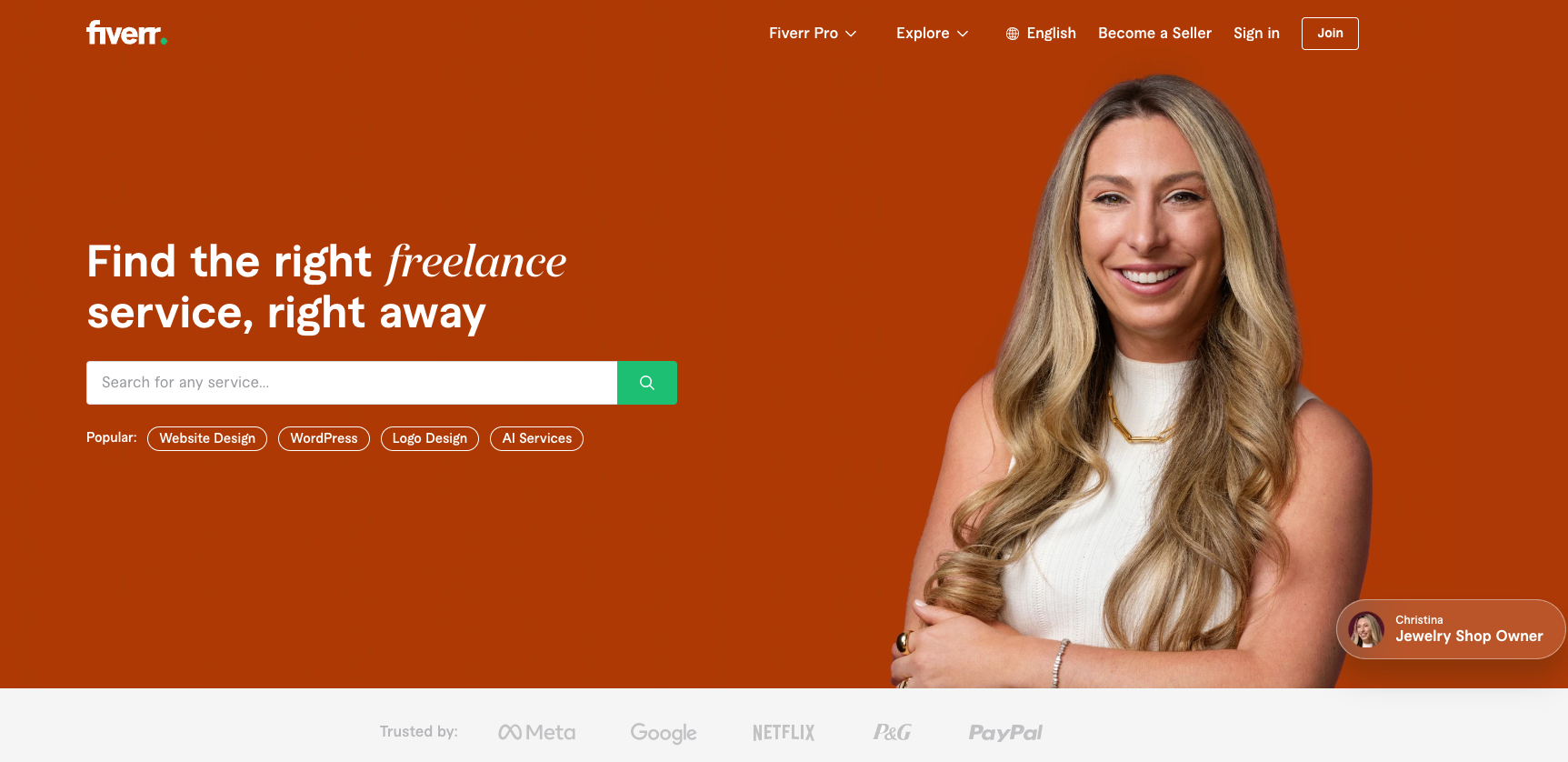 Fiverr is an online freelance service website known for offering various services. When it was introduced in 2010, the initial look and function of the site were much different.
Fiverr is an online freelance service website known for offering various services. When it was introduced in 2010, the initial look and function of the site were much different.
Conceived as a basic web application developed on Rails by the duo, the Fiverr Minimum Viable Product (MVP) allowed freelancers to offer their services at a standard rate of $5, which explains the name of the platform. At the time of the platform’s popularity and the incorporation of user feedback, Fiverr then graduated to services priced beyond $5. By the time the company was on its first five years, it has been able to lock down more than $110 million in funding. Meaning to say, the company had a quick growth.
As the Fiverr team grew, so did the platform, and in 2020, Fiverr Business was launched to help companies manage their freelancers in a more organized way. Even with the diversification and growth in its technology stack, Ruby on Rails has been and still remains a pivotal part of Fiverr’s infrastructure.
Shopify
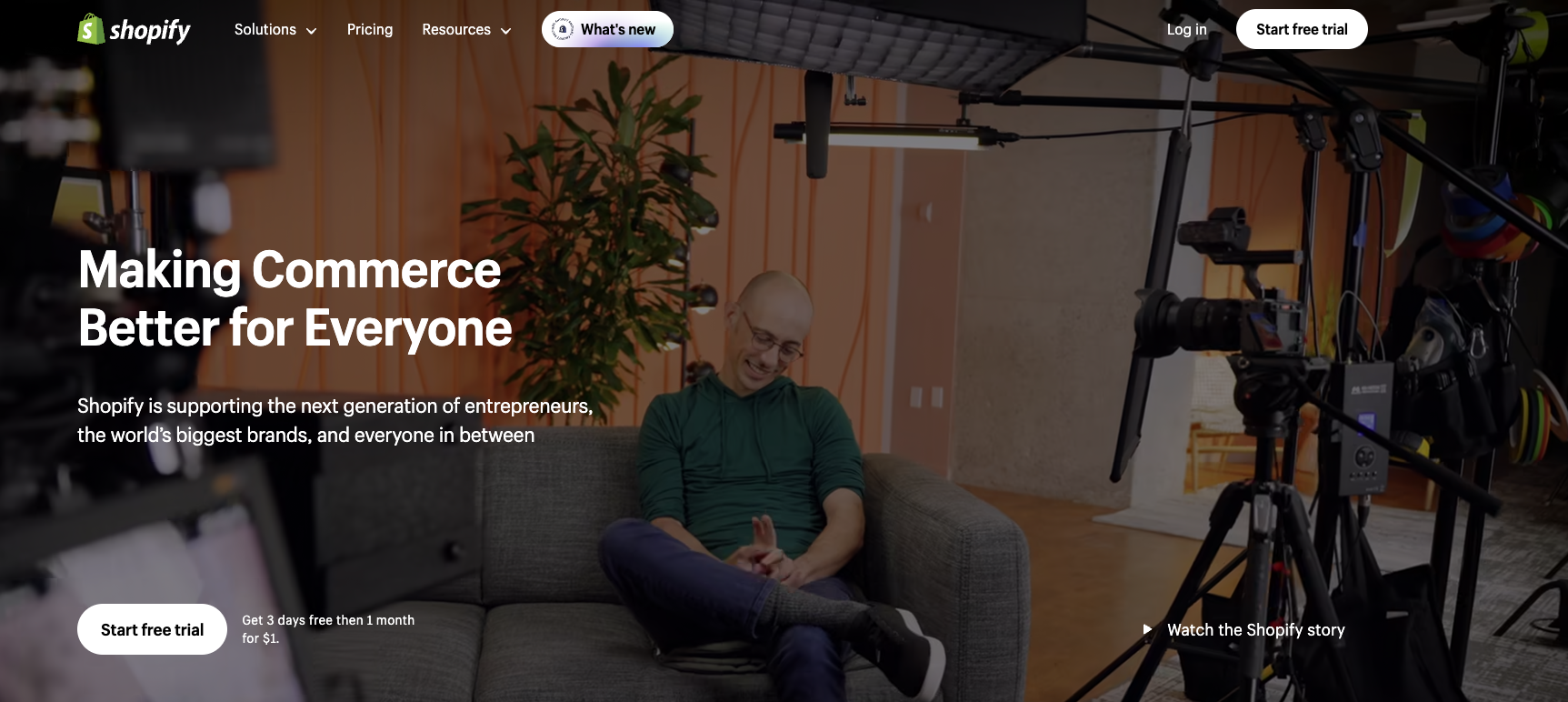 Shopify has successfully developed a Minimum Viable Product (MVP) with the help of Ruby on Rails in the domain of SaaS. It had a simple platform at launch in 2006 and the basic idea of how to create online stores: it was one of the ways to test the market demand for their proposals with minimum risk before their further expansion. The strategy turned out to be a resounding success, putting Shopify on a steep growth trajectory and establishing it as a dominant player in the industry. Today, Shopify powers over 800,000 businesses around the world.
Shopify has successfully developed a Minimum Viable Product (MVP) with the help of Ruby on Rails in the domain of SaaS. It had a simple platform at launch in 2006 and the basic idea of how to create online stores: it was one of the ways to test the market demand for their proposals with minimum risk before their further expansion. The strategy turned out to be a resounding success, putting Shopify on a steep growth trajectory and establishing it as a dominant player in the industry. Today, Shopify powers over 800,000 businesses around the world.
Airbnb
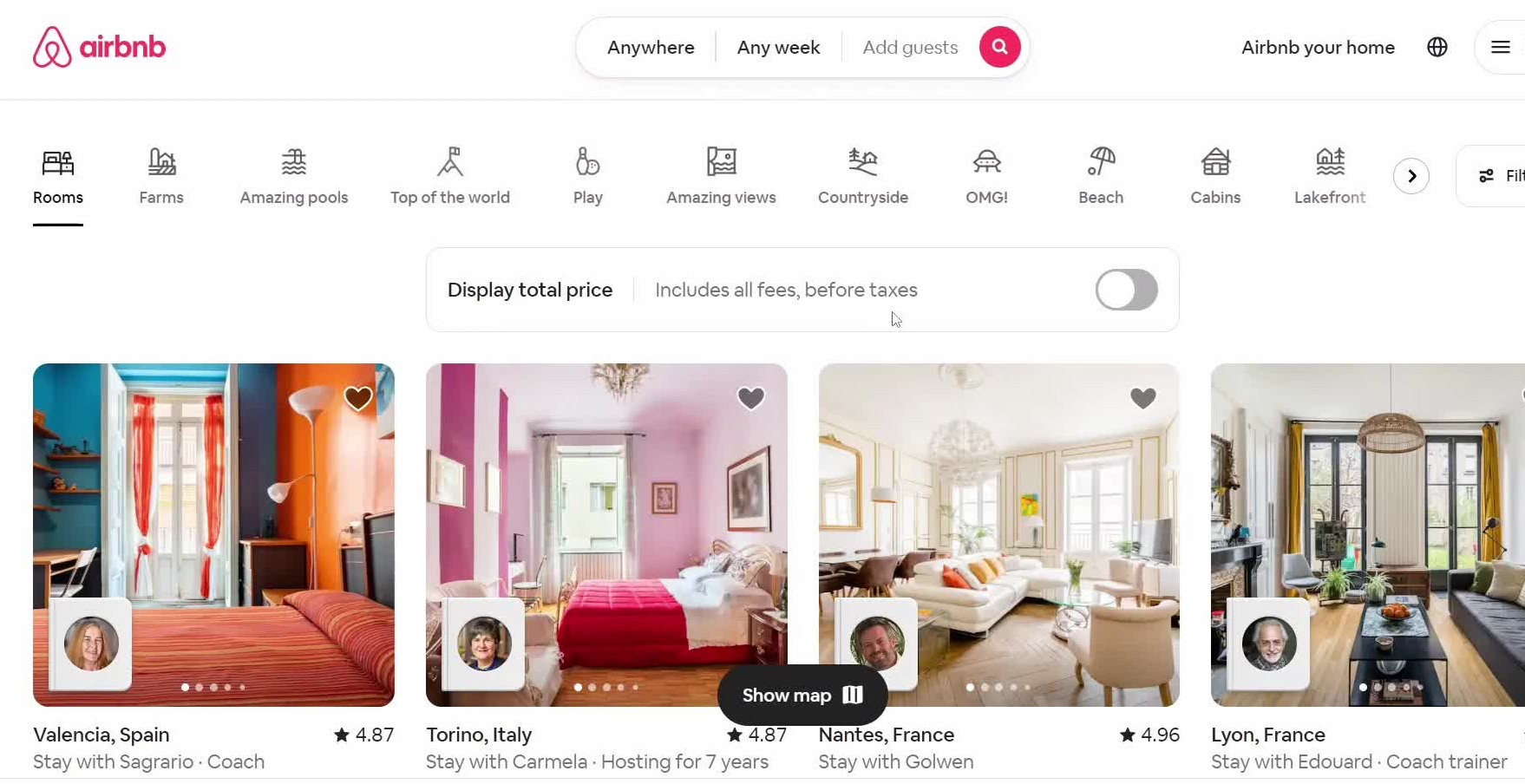 Airbnb was a minimum viable product (MVP) in the beginning, built with Ruby on Rails, which later became the leader in the travel sector across the globe. It gained success largely due to the simplicity and flexibility offered by Rails, with which one can easily iterate any changes and improvements in one’s offerings.
Airbnb was a minimum viable product (MVP) in the beginning, built with Ruby on Rails, which later became the leader in the travel sector across the globe. It gained success largely due to the simplicity and flexibility offered by Rails, with which one can easily iterate any changes and improvements in one’s offerings.
Zendesk

Zendesk is a customer service software platform written in Ruby on Rails. It was first launched in 2007 as a Minimum Viable Product (MVP) with a focus on the essential ticketing features, such as tracking email interactions and automating support tasks. It has since grown and become one of the popular platforms applied in the customer service departments worldwide.
Best practices including optimal strategies that involve using Ruby on Rails in the process of MVP building
Selection of Gems and Plugins: There are a lot of choices in Ruby gems and Rails plugins, hence, choosing the ones which perfectly fit your MVP is an important task. Those that are well updated, documented, and compatible with the current version of Rails shall be taken preference.
Adoption of Testing Methodologies: Testing is an essential activity with MVP development as it confirms that the given application works and it quickly helps identify any bugs. Rails has testing built in, which actually enables faster and more efficient automated test writing. Furthermore, the use of third-party testing frameworks such as RSpec and Capybara can improve your testing strategy.
Application Optimization for Better Performance: To make sure the MVP scales effectively and provides high performance, it should be optimized by performing practices including caching, refinement of database queries, and employing a Content Delivery Network (CDN) to ensure wide content distribution.
Checking to See if an MVP is Necessary: Before proceeding to the development of an MVP using Ruby on Rails, check if an MVP is needed. This will imply validating the existence of a real need in the market your product will resolve. Conduct sufficient market analysis and potential customer interviews to back your product concept prior to committing resources toward MVP development.
The steps to craft your MVP are here: Creating a Functional MVP with Ruby on Rails: If at all it is agreed that moving forward with MVP will lend some help, then Ruby on Rails becomes one strong language for its development.
Define Your MVP: This translates to having a clear understanding of the problem you are addressing and identifying which indispensable features will go into your MVP. Focus on delivering the primary value of your product without adding unnecessary complexities.
Build a Ruby on Rails Development Team: Assemble a team of skilled Ruby on Rails developers with proven experience in RoR and a deep understanding of best development practices. Build a working MVP with RoR according to RoR development principles, for example, such as well tested, clean and database aware code.
Solicit User Feedback: Gather and analyze feedback from the potential audience after launching your product in order to make refinements and improvements to the MVP. Ruby on Rails is flexible to be quickly modified according to feedback from the users.
Scale Your MVP: After obtaining positive user feedback and validating your MVP, only then focus on scaling the MVP. Use the feedback to identify the next version of your MVP and grow it.
Conclusion
Ruby on Rails for MVP and startups is definitely the best choice being fast for prototyping, and with a rich ecosystem — it’s full of competent developers. Utilizing Ruby gems and plugins and following best practices, your MVPs are thus crafted as systems that are scalable, maintainable, and simply winners. With Ruby on Rails, validate your product idea and focus on the delivery of core value for guaranteed success with your MVP.
We recognize the need you have for Ruby on Rails startup MVP development, and we are here to offer it to you. Our experienced RoR developers are well set to bring your MVP to life efficiently and effectively, using set best practices and technologies. We have helped so many startups in their journeys of MVP development. If you want to find a reliable partner in MVP development, welcome to CyberCraft. You can drop us a line to find out how we will be able to move your start-up further through Ruby on Rails.
FAQ
Ruby on Rails is good at building an MVP because it is rapid in development, rich with many libraries in its ecosystem (gems), and presents a strong convention over configuration approach. In addition, Rails, apart from the integrated testing framework, is backed by a very large community. Rails is a perfect candidate for such a fast idea-to-testable product realization process because it is a full-stack framework that is very conducive in giving developers the facility of creating a complete web application without messing around with multiple technologies.
development cycle. Development has been very simple as "Convention over Configuration" principle is kept, good community support and a great library of gems available. Its inbuilt instruments provided help to implement all the features, which are important, and stress the focus on testing, thus, ensuring the reliability of the code. And flexibility of the system helps to adapt to any kind of change very easily; so, it's a great solution for such startups that are oriented on the fast implementation of their ideas.
The efficiency and the speed of development with Ruby on Rails translate to lower initial development costs. An array of free and open-source gems, in abundance, further reduces expenses, making it cost-effective for startup enterprises developing MVPs.
Ruby-on-rails for MVP is flexible and easy to be changed and appended to the features of an application. Its modular architecture and a migration system help the developers change MVP according to the requirements set forth and the feedback of the users without major reworks.
To hire Ruby on Rails developers for your start-up, look at online job boards, online tech talent platforms such as CyberCraft or engage with recruitment agencies. It is very important to screen the potential hire quite well to ensure they are having enough skills and experience to develop your start-up.

